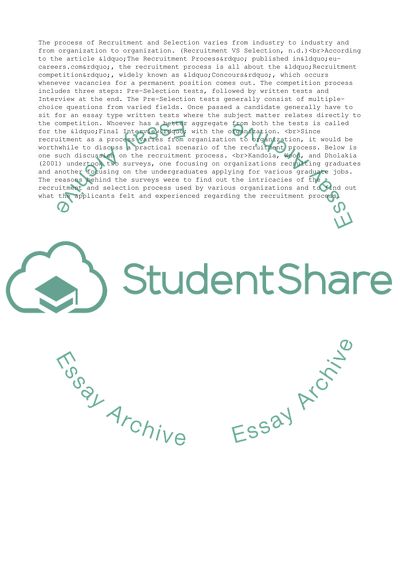Cite this document
(Sheffield City Council: Standardization of Recruitment Processes Case Study, n.d.)
Sheffield City Council: Standardization of Recruitment Processes Case Study. Retrieved from https://studentshare.org/business/1727197-review-of-the-recuitment-process-in-the-public-sector
Sheffield City Council: Standardization of Recruitment Processes Case Study. Retrieved from https://studentshare.org/business/1727197-review-of-the-recuitment-process-in-the-public-sector
(Sheffield City Council: Standardization of Recruitment Processes Case Study)
Sheffield City Council: Standardization of Recruitment Processes Case Study. https://studentshare.org/business/1727197-review-of-the-recuitment-process-in-the-public-sector.
Sheffield City Council: Standardization of Recruitment Processes Case Study. https://studentshare.org/business/1727197-review-of-the-recuitment-process-in-the-public-sector.
“Sheffield City Council: Standardization of Recruitment Processes Case Study”, n.d. https://studentshare.org/business/1727197-review-of-the-recuitment-process-in-the-public-sector.


